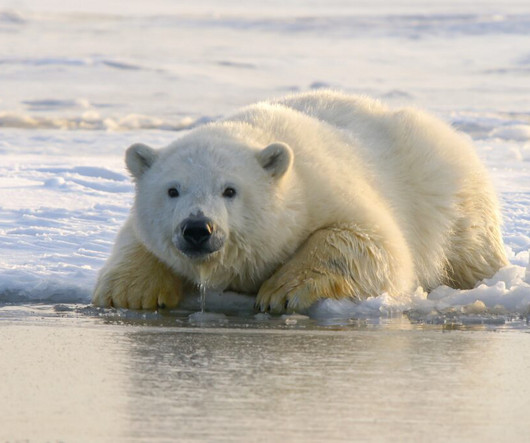U.S. Climate Law: A Broad & Rapidly Growing Field
Legal Planet
APRIL 3, 2023
EPA regulation of greenhouse gas emissions under the Clean Air Act (CAA) A. Climate change as reason for threatened or endangered status under Endangered Species Act. Investment and incentives for clean technologies under the Inflation Reduction Act. Nuclear power regulation D.

































Let's personalize your content